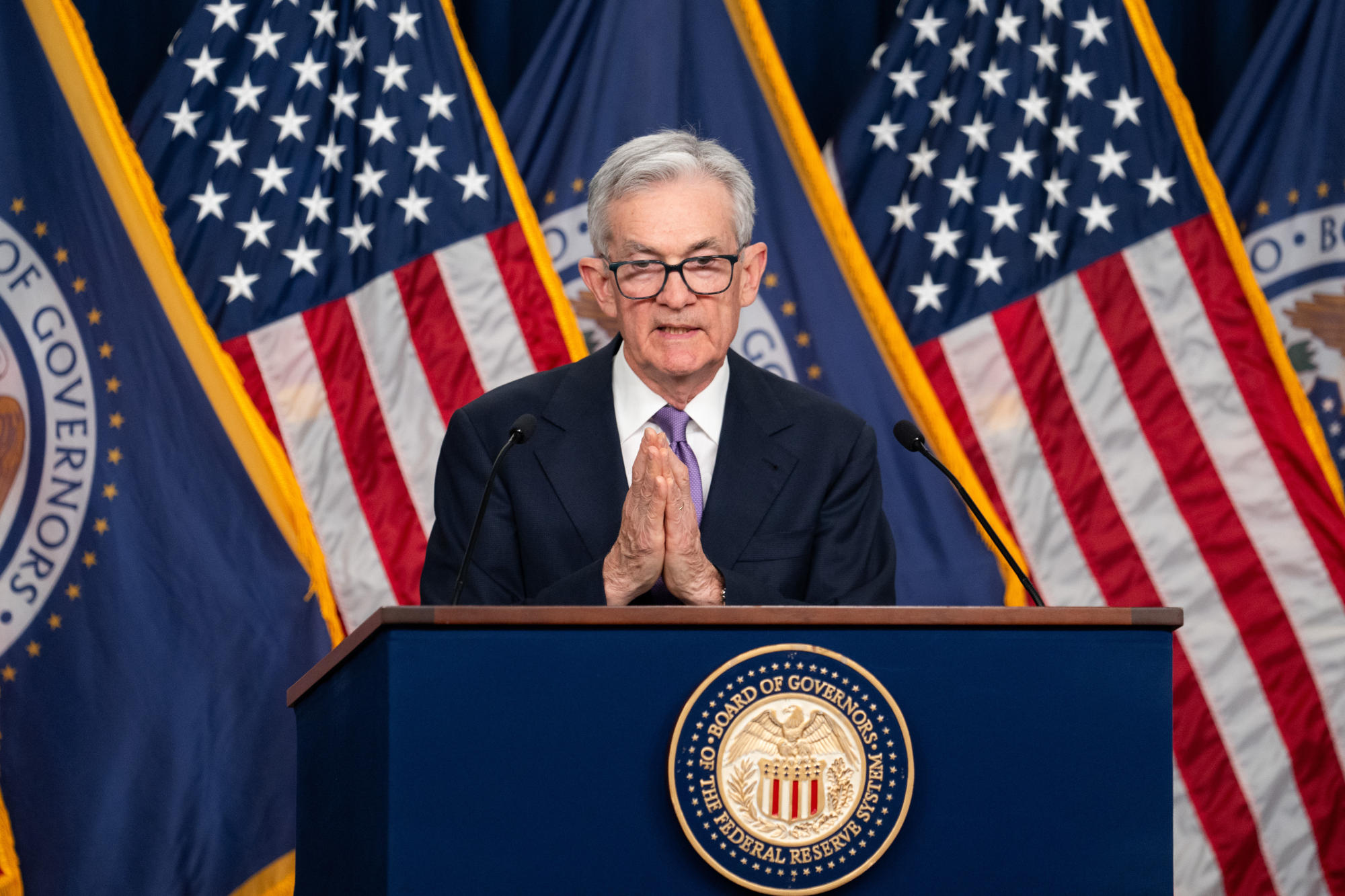
27 Jan Opinion | China can absorb its property crisis. Can the US and Europe say the same for theirs?
Commentators, especially those who appear not to have experienced past real estate-linked financial crises that have occurred in places ranging from the US and Europe to Hong Kong and Latin America, fail to appreciate the significance of accompanying systemic risk.
Thus, while China appears able in terms of financial and fiscal resources to absorb the impact of its property crisis, retarding though this will be to economic growth, the same cannot be said of the US and of some European nations.
This drop is considerably steeper than in past monetary tightening cycles, the IMF notes, and it has erased all the gains of the previous two years – an ominous development not just for commercial real estate but for the US financial sector and the economy at large.
Higher borrowing costs always tend to dampen commercial property prices – directly by making investments in the sector more expensive, and indirectly by slowing economic activity and reducing demand for such properties. Nevertheless, the IMF notes, “the sharp decline in prices during the current US monetary policy tightening cycle is striking”.

The wider implications of such developments are serious, for economists, bankers and financial analysts alike, as well as for investment institutions like pension funds that treat commercial property as an alternative asset to stocks and bonds.
Hong Kong homeowners looking to sell have missed window as slump persists
Hong Kong homeowners looking to sell have missed window as slump persists
Property sector developments are (or should be) of considerable interest to journalists in their role as watchdogs of the public interest. Excesses or “bubbles” have a way of creeping up unawares on commentators – or even regulators.
While many people are currently obsessing about China’s housing crisis, they seem to be paying far less attention to developments in commercial property markets and – even more dangerously – in wider debt markets.

Falling real estate valuations will be an important contributing factor. As the IMF notes, commercial property prices remained “generally stable” during past Fed rate hikes. It says that the difference in price behaviour between the recent and past monetary policy tightening cycles could partially be explained by “the steep pace of monetary policy tightening this time around”, which “contributed to the sharp increase in mortgage rates and commercial mortgage-backed securities spreads”.
As a result of higher financing costs since beginning of the tightening cycle and the decline in property prices, commercial real estate loans have seen growing losses. With US banks adopting stricter lending standards, available funding has been squeezed.
Asia can only hope the Fed gets it right on when to cut rates
Asia can only hope the Fed gets it right on when to cut rates
All this has been compounded by trends, such as teleworking and e-commerce, that have led to lower demand for office and retail buildings and pushed vacancy rates higher. Prices have slumped in these segments, and delinquency rates on loans risen, which is worrying as high volumes of refinancing are coming due.
Meanwhile, the housing market in parts of Europe is suffering from falling valuations, along with rising interest rates. A study by Swiss Bank UBS examining 25 of the largest cities across the world, shows that real house prices fell by 5 per cent on average from mid-2022 to mid-2023 and that this trend is likely to continue.
The message to analysts and financial journalists as well as investors and policymakers is that the property market needs watching closely, and by no means only or even mainly in China.
Anthony Rowley is a veteran journalist specialising in Asian economic and financial affairs
